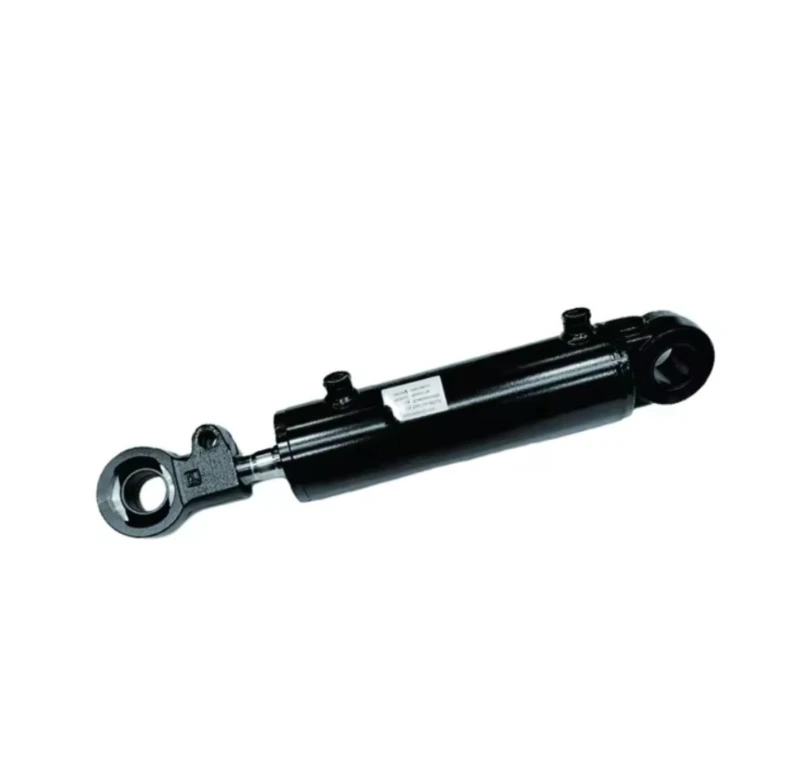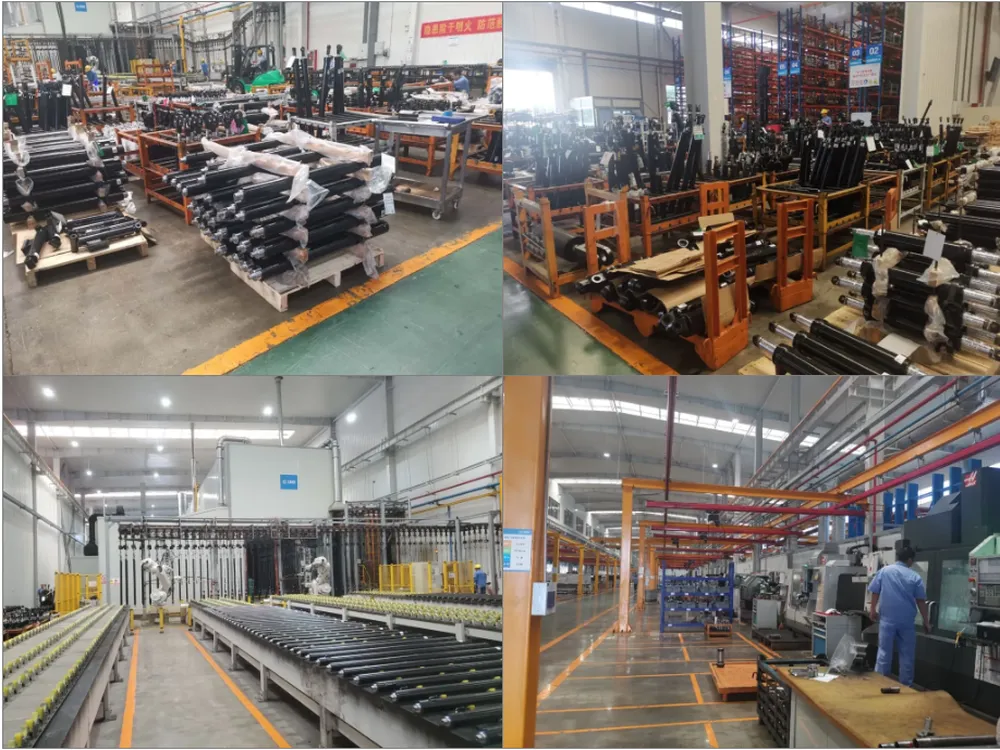Tilt Cylinder Performance in Extreme Temperatures
In today's blog post, we will explore the performance of tilt cylinders in extreme temperatures and discuss their suitability for various applications. Tilt cylinders play a crucial role in hydraulic systems, providing the necessary force and control to adjust the angle of an attached component. However, their performance can be significantly affected by extreme temperatures, both hot and cold.
The Impact of Extreme Temperatures on Tilt Cylinder Performance
Extreme temperatures pose unique challenges to tilt cylinder performance. Let's delve into the specific effects:
1. Thermal Expansion and Contraction
In high-temperature environments, tilt cylinders may experience significant thermal expansion, leading to increased internal pressure and potential seal failure. Conversely, low temperatures can cause contraction, reducing overall system efficiency and responsiveness.
2. Viscosity Changes in Hydraulic Fluids
Extreme temperatures can alter the viscosity of hydraulic fluids, impacting the overall performance of tilt cylinders. In hot environments, fluid thinning can occur, reducing system efficiency and potentially causing erratic movements. In cold temperatures, fluid thickening can hinder smooth cylinder operation.
3. Seal and O-ring Performance
Seals and O-rings play a critical role in maintaining the integrity of tilt cylinders. However, extreme temperatures can cause these components to harden, crack, or degrade, leading to hydraulic fluid leaks and compromised cylinder performance.
4. Lubrication Challenges
In extreme temperatures, proper lubrication becomes crucial for tilt cylinder operation. High temperatures can cause lubricants to break down, resulting in inadequate lubrication and increased friction. On the other hand, low temperatures can cause lubricants to thicken, reducing their effectiveness.
5. Material Selection
Choosing the right materials for tilt cylinders is essential for withstanding extreme temperatures. Specialized coatings and alloys can provide increased resistance to heat or cold, ensuring optimal performance in challenging environments.

Considering the challenges posed by extreme temperatures, tilt cylinders from our company are well-suited for such applications. Our tilt cylinders offer several advantages:
- 1. Superior Heat Resistance: Our tilt cylinders are designed to withstand high temperatures without compromising performance, ensuring reliable operation in extreme heat.
- 2. Excellent Cold Weather Performance: Even in freezing temperatures, our tilt cylinders maintain their responsiveness and efficiency, delivering consistent results.
- 3. Enhanced Seal and O-ring Durability: We utilize advanced materials and sealing technologies to ensure that our tilt cylinders maintain their integrity, even in the face of extreme temperature variations.
- 4. Optimal Lubrication Properties: Our tilt cylinders are engineered to work seamlessly with high-quality lubricants, reducing friction and wear even in the most challenging temperature conditions.
- 5. Robust Material Selection: We carefully select materials that provide excellent resistance to thermal expansion, contraction, and other temperature-related challenges, ensuring long-lasting performance.
Working Principle of Tilt Cylinders
Tilt cylinders operate based on the principles of hydraulic force and control. When hydraulic fluid is directed into the cylinder, it applies pressure to the piston, which in turn generates the necessary force to adjust the angle of the attached component. The fluid flow can be controlled using valves and other hydraulic components, allowing precise adjustment of the tilt angle.
Choosing the Right Tilt Cylinder for Your Application
Selecting the appropriate tilt cylinder for your specific application requires careful consideration. Here are some key factors to keep in mind:
- 1. Load Capacity: Determine the maximum load the tilt cylinder will need to support to ensure it can handle the required weight.
- 2. Operating Environment: Consider the temperature extremes and any other environmental factors that may impact the performance of the tilt cylinder.
- 3. Stroke Length: Evaluate the required range of motion for the tilt cylinder to ensure it can provide the necessary adjustment capabilities.
- 4. Mounting Options: Assess the available space and mounting requirements of your application to ensure compatibility with the chosen tilt cylinder.
- 5. Maintenance and Serviceability: Consider the ease of maintenance and availability of spare parts to minimize downtime and ensure long-term reliability.

Installation of Tilt Cylinders
The installation process for tilt cylinders may vary depending on the specific application and equipment. However, there are general guidelines to follow:
- 1. Ensure proper alignment of the tilt cylinder with the attached component.
- 2. Securely mount the tilt cylinder using suitable fasteners and brackets.
- 3. Connect the hydraulic lines, ensuring tight and leak-free fittings.
- 4. Purge the hydraulic system of any air to ensure optimal performance.
With our company's tilt cylinders, you can expect reliable and efficient performance in extreme temperatures. We pride ourselves on our strong manufacturing capabilities and commitment to customer satisfaction. Our company has over 15 years of experience in designing, producing, and selling tilt cylinders. We serve customers across Europe, America, Africa, and Asia, and have earned a reputation for delivering high-quality products.

Edited by Czh